Taxifolin
Synonym(s):(2R,3R)-3,3′,4′,5,7-Pentahydroxyflavanone;(2R,3R)-Dihydroquercetin
- CAS NO.:480-18-2
- Empirical Formula: C15H12O7
- Molecular Weight: 304.25
- MDL number: MFCD00006845
- EINECS: 207-543-4
- SAFETY DATA SHEET (SDS)
- Update Date: 2024-11-19 23:02:33
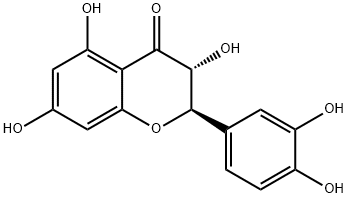
What is Taxifolin?
Description
Taxifolin, a chemical substance extracted from pine plants such as larch and Douglas fir. It belongs to the bioflavonoid pseudo-vitamin P, and its scientific name is dihydroquercetin. Japanese scholar Fukui first isolated it from the leaves of conifers (Chamaecyparis obtusa), and its biological activity was subsequently discovered and confirmed.
Chemical properties
Yellow Solid
The Uses of Taxifolin
(+)-Taxifolin is a flavanon compound which modulates chemopreventive genes.
The Uses of Taxifolin
An antioxidant flavenoid.
The Uses of Taxifolin
Reference Standard in the analysis of herbal medicinal products
What are the applications of Application
(±)-Taxifolin is a flavonoid small molecule with antioxidant effects
Definition
ChEBI: A taxifolin that has (2R,3R)-configuration.
What are the applications of Application
Taxifolin is a flavonoid commonly found in onion, milk, French maritime pine bark and Douglas fir bark. It is also used in various commercial preparations like Legalon?, Pycnogenol?, and Venoruton?. This review focuses on taxifolin’s biological activities and related molecular mechanisms. It showed promising pharmacological activities in the management of inflammation, tumors, microbial infections, oxidative stress, cardiovascular, and liver disorders. The anti-cancer activity was more prominent than other activities evaluated using different in vitro and in vivo models. Further research on the pharmacokinetics, in-depth molecular mechanisms, and safety profile using well-designed randomized clinical studies are suggested to develop a drug for human use.
General Description
Taxifolin is a plant flavonoid, which may find applications in the treatment of coronary heart disease, angina pectoris, cerebral thrombosis, cerebral infarction and sequelae.
Properties of Taxifolin
| Melting point: | 230-233°C (dec.) |
| Boiling point: | 365.09°C (rough estimate) |
| Density | 1.3326 (rough estimate) |
| refractive index | 1.4790 (estimate) |
| storage temp. | -20°C |
| solubility | DMSO (Slightly), Methanol (Slightly) |
| form | neat |
| pka | 7.39±0.60(Predicted) |
| form | Solid |
| color | White to Yellow |
| BRN | 5299277 |
| InChI | InChI=1S/C15H12O7/c16-7-4-10(19)12-11(5-7)22-15(14(21)13(12)20)6-1-2-8(17)9(18)3-6/h1-5,14-19,21H/t14-,15+/m0/s1 |
| CAS DataBase Reference | 480-18-2(CAS DataBase Reference) |
| EPA Substance Registry System | 4H-1-Benzopyran-4-one, 2-(3,4-dihydroxyphenyl)-2,3-dihydro-3,5,7-trihydroxy-, (2R,3R)- (480-18-2) |
Safety information for Taxifolin
| Signal word | Warning |
| Pictogram(s) |
 Exclamation Mark Irritant GHS07 |
| GHS Hazard Statements |
H315:Skin corrosion/irritation H319:Serious eye damage/eye irritation |
| Precautionary Statement Codes |
P280:Wear protective gloves/protective clothing/eye protection/face protection. P302+P352:IF ON SKIN: wash with plenty of soap and water. P305+P351+P338:IF IN EYES: Rinse cautiously with water for several minutes. Remove contact lenses, if present and easy to do. Continuerinsing. P332+P313:IF SKIN irritation occurs: Get medical advice/attention. P337+P313:IF eye irritation persists: Get medical advice/attention. |
Computed Descriptors for Taxifolin
| InChIKey | CXQWRCVTCMQVQX-LSDHHAIUSA-N |
| SMILES | [C@H]1(C2=CC=C(O)C(O)=C2)OC2=CC(O)=CC(O)=C2C(=O)[C@@H]1O |
New Products
4-Aminotetrahydropyran-4-carbonitrile Hydrochloride (R)-3-Aminobutanenitrile Hydrochloride 4-AMINO-TETRAHYDRO-PYRAN-4-CARBOXYLIC ACID HCL 4-(Dimethylamino)tetrahydro-2H-pyran-4-carbonitrile 3-((Dimethylamino)methyl)-5-methylhexan-2-one oxalate 1,4-Dioxa-8-azaspiro[4.5]decane 5-Bromo-2-nitropyridine Nimesulide BP Aceclofenac IP/BP/EP Diclofenac Sodium IP/BP/EP/USP Mefenamic Acid IP/BP/EP/USP Ornidazole IP Diclofenac Potassium SODIUM AAS SOLUTION ZINC AAS SOLUTION BUFFER SOLUTION PH 10.0(BORATE) GOOCH CRUCIBLE SINTERED AQUANIL 5 BERYLLIUM AAS SOLUTION 2-Bromo-1-(bromomethyl)-3-chloro-5-nitrobenzene 2-Bromo-3-nitroaniline N-(3-Hydroxypropyl)-N-methylacetamide 3-Bromo-6-chloropyridazine 4-ethyl-3-nitrobenzoic acidRelated products of tetrahydrofuran
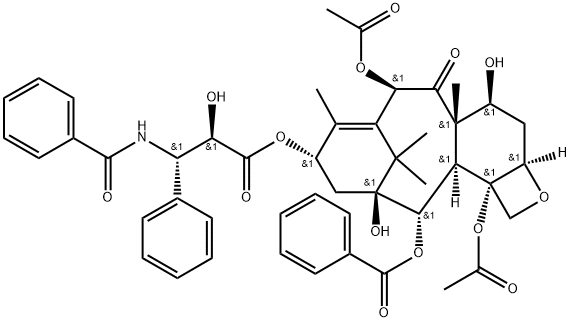

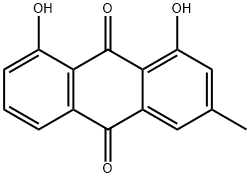
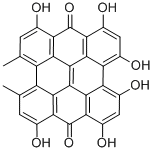
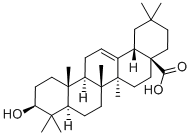

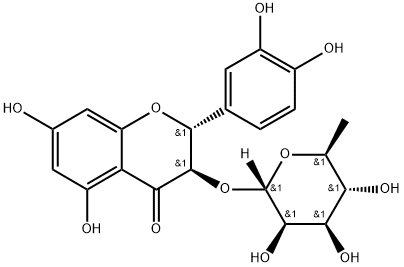

You may like
-
 Taxifolin CAS 480-18-2View Details
Taxifolin CAS 480-18-2View Details
480-18-2 -
 Taxifolin 95% (HPLC) CAS 480-18-2View Details
Taxifolin 95% (HPLC) CAS 480-18-2View Details
480-18-2 -
 (+)-Taxifolin CAS 480-18-2View Details
(+)-Taxifolin CAS 480-18-2View Details
480-18-2 -
 Taxifolin 98% CAS 480-18-2View Details
Taxifolin 98% CAS 480-18-2View Details
480-18-2 -
 Taxifolin CAS 480-18-2View Details
Taxifolin CAS 480-18-2View Details
480-18-2 -
 1823368-42-8 98%View Details
1823368-42-8 98%View Details
1823368-42-8 -
 2-(3-(tert-butyl)phenoxy)-2-methylpropanoic acid 1307449-08-6 98%View Details
2-(3-(tert-butyl)phenoxy)-2-methylpropanoic acid 1307449-08-6 98%View Details
1307449-08-6 -
 Lithium ClavulanateView Details
Lithium ClavulanateView Details
61177-44-4